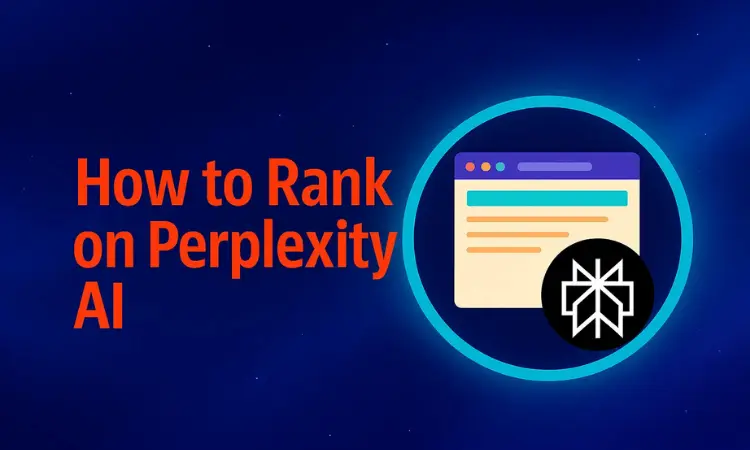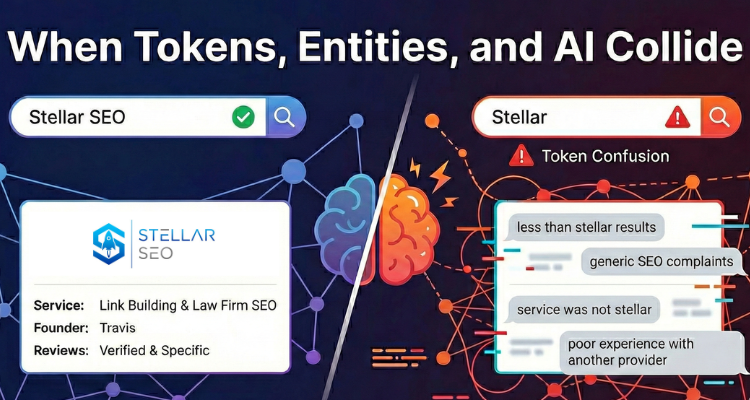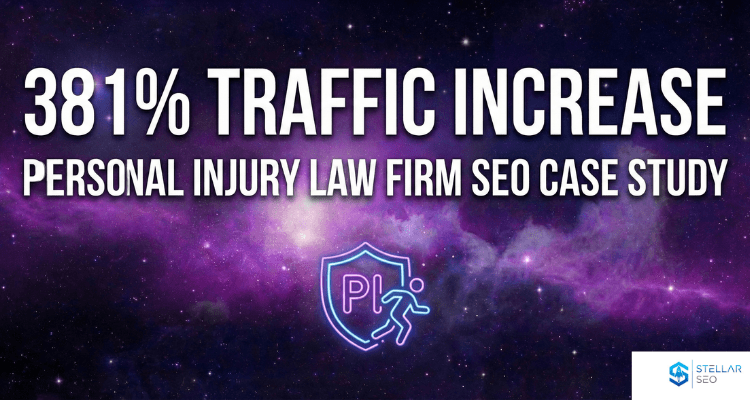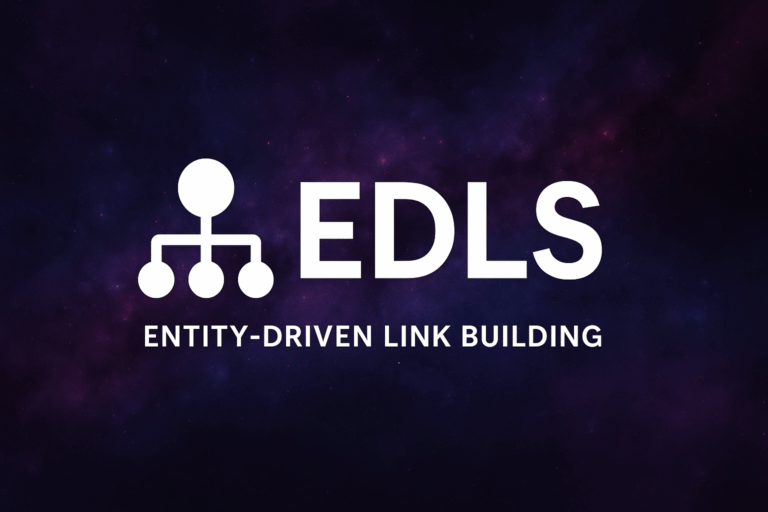Perplexity AI is an AI-driven search engine that analyzes user intent and answers user queries in a conversational tone. Unlike traditional search engines, users do not have to scour multiple links to find what they need, and users can ask follow-up questions to get further insights.
Answer engines have become a key element of online visibility, making it crucial that companies prioritize this new form of search engine optimization. Today, we’ll explore how to enhance user experience, brand trust, and search engine rankings using Perplexity AI and other answer engines.
How Perplexity AI Gathers and Ranks Information
Perplexity AI uses natural language processing to create a conversational search experience, sourcing its information from authoritative websites and user-generated content. Common sources for Perplexity answers include pages with high domain authority, social media, academic papers, and partner data sources.
By employing its proprietary web crawler, PerplexityBot, this AI-powered search engine can provide fresh content to users about current events. It natural language model means that it can parse a user’s search intent, providing direct answers to queries that match the user’s needs.
Being cited in Perplexity responses can significantly improve organic traffic and overall search visibility. This means you must align ranking criteria like concise answers to common search queries, credibility, and factual information.
Key Differences Between Perplexity and Google
Traditional search engines like Google Search require users to discern for themselves whether they are receiving accurate answers to their queries, often having to look through multiple links to find the information they need. Ranking factors are also different, relying on keyword optimization, backlink profiles, and schema markups to determine both relevance and reliability.
In contrast, answer engines like Perplexity, Gemini, and ChatGPT compress the traditional click journey by providing AI-generated summaries of numerous sources, all on one page. This significantly reduces the time and effort for the search process and encourages follow-up questions. Visibility is determined by page authority, relevance, and citations.
AI-generated search results also provide users with citations to authoritative sites, which should be your primary focus when ranking for Perplexity AI.
Create Content That Directly Answers User Questions
Unlike traditional search, which prioritizes keywords, AI-powered search results prioritize direct and clear answers to common user queries. As such, an FAQ format works well for these tools. Use headers with questions, like “What is X?” or “How do you use Y?” then follow them with specific and scannable answers.
Use Schema Markup to Enhance Machine Readability
Perplexity AI and other search engines using AI tools rely on schema markup to quickly scan content. When you implement schema markup, you make it easier for crawlers like PerplexityBot to access the content, which improves your chances of ranking.
JSON-LD is one of the most commonly used markup systems. Common examples of schema markups include Article, FAQPage, Person, HowTo, Recipe, and Review. You can validate your markups using the JSON-LD Playground, Schema Markup Validator, or the Newtonsoft JSON Schema Validator to ensure that your markups are functioning properly.
Build and Maintain Topical Authority
In the search world, you want to demonstrate expertise, which can be achieved through related and interlinked content.
For example, you may have a content hub, like a pillar page, which revolves around a specific topic cluster. Smaller pages can go into greater depth and are then linked back to the pillar page. This provides a neat, well-organized page hierarchy that PerplexityAI can pull from.
Prioritize Clarity and Simplicity in Formatting
AI-driven search results prioritize clear and simple formatting. Short paragraphs, bullet points, descriptive headings, and a clean format allow Perplexity to find relevant answers to user inquiries, making you more likely to be cited.
Target Conversational and Long-Tail Queries
When using Perplexity, users typically write conversational questions rather than inputting keywords, as AI-generated responses are written in a conversational style. As such, consider how to create natural, conversational keywords, like long-tail and question-based keywords. Tools like AnswerThePublic, AlsoAsked, and Semrush can help you find these long-tail keywords to implement in your content.
Include Reliable External Citations and Sources
As with other search tools, AI SEO prioritizes trustworthiness and authoritativeness. This is achieved not just by providing great content, but also by linking to high-authority sources. Academic sites, government webpages, legacy media, and scientific databases are all excellent sources to include in your content.
Optimize for Linear Search Intent
Perplexity is designed to provide comprehensive AI-generated answers that do not require follow-up questions. As such, creating content that answers multiple user queries at once will rank better with the platform.
This can be achieved through well-structured content with multiple header hierarchies, each focused on a different element of an overarching topic. For example, instead of a short article that is entirely focused on one component, write structured, long-form content with H2s, H3s, and H4s, all organized around a larger concept.
Integrate Structured FAQs into Key Pages
FAQs allow you to target different intents and are written in the question-and-answer format that Perplexity prefers. Add a short FAQ to each webpage that directly addresses common queries. You can find commonly asked questions by searching for long-tail keywords with tools like Ahrefs or Semrush.
Leverage Community Mentions on Reddit, Quora, and More
PerplexityAI leverages community-generated content as trust signals. Being frequently cited on forums, Q&A sites, Reddit, and social media signifies relevance. To boost these mentions, consider participating in Q&As on forums or finding relevant questions where you can be cited. For example, you may summarize key points of a how-to guide you published on the topic, then add a citation that invites users to find out more on your website.
Refresh and Republish Content Regularly
Like traditional search engines, AI-driven platforms prioritize updated content, as it is likely more relevant to a user query. While updating every three months is a standard rule of thumb, you should update as frequently as is necessary to keep content relevant.
For example, if you have an article tracking a breaking news story, you may want to update it every day or even every hour. Google Search Console and Google Analytics can track your content freshness, helping you quickly audit old pages and mark them for updates.
Across High-Authority Third-Party Sites
Perplexity pulls from distribution platforms like Medium, Substack, Wikipedia, and major publications like The New York Times. Cross-posting to these sites will amplify your brand visibility and identify you as an authoritative source. Consider using content planning tools like Vocal or Dlvr.it to save time and cross-post efficiently.
Use Generative SEO Services (GEO) to Align with AI Ranking Models
Generative SEO services (GEO) help align your website with AI best practices by properly structuring content, optimizing for prompt-response formats, and implementing the best keywords for this search experience. Stellar SEO provides GEO as part of our SEO services.
Align Technical SEO with AI-Centric Best Practices
Good website functionality improves Perplexity’s ability to parse, summarize, and rank pages, which improves your visibility. Factors to consider include:
- Crawlability: Crawl errors aren’t just for Google, but also for AI. Ensure every page has robots.txt and address any crawl errors that arise in an audit.
- Indexation: Site indexes and sitemaps help Perplexity understand your website structure and page hierarchy.
- Structured HTML: A neat, organized HTML structure allows for faster crawling and, therefore, higher visibility.
- Page Speed: Like humans, AI crawlers will deprioritize websites that have suboptimal loading times. Improve speed by compressing images and reducing file sizes.
- Mobile UX: Mobile-first design will improve crawling while providing a cleaner layout, which improves your chances of citation on Perplexity.
Embed Relevant Visuals, Graphs, and Tables
Like other AI tools, Perplexity can read and display visual content to enhance its comprehension and contextualize answers. Include charts, infographics, labeled screenshots, and comparison tables with the appropriate alt text.
Optimize Metadata and Open Graph Tags
Perplexity will draw from title tags, meta descriptions, and Open Graph markup when developing its responses, making them a key element of ranking. Like with regular SEO, ensure you use the most relevant and high-ranking keywords first.
Improve Page-Level Trustworthiness
Perplexity will prioritize transparent and trustworthy content with clear citations. To do this, consider adding author titles and bios, publication dates, and review information. Cite sources using hyperlinks or reference details at the bottom of the page. Use a link building service to get brand mentions from trusted sites. This is especially important for legal, medical, or financial websites.
Track Perplexity Appearances Using Prompt Testing
Prompt testing is a method of determining whether your content is appearing on AI tools like Perplexity. You can perform this manually using Perplexity’s prompt guides based on your topic. For example, if you have a page on HVAC models that explores their strengths and weaknesses, input “What is the best HVAC model for a humid climate?”
There are also tools that will allow you to track mentions, such as the Semrush AI Toolkit, STAT Search Analytics, and PromptScanner.
How Perplexity AI Handles Local and Entity-Based Queries
Perplexity AI is a powerful tool for users seeking location-specific queries and businesses, though it is not always as useful for real-time updates. Its API includes a “User Location Filter” that allows for geotargeting, making it ideal for finding nearby businesses.
Schema markup like LocalBusiness and Organization will quickly identify your company as a local business, while employing local keywords contextualizes your content for AI platforms. You should also ensure that your company’s name, address, and phone number (NAP) are consistent across all platforms.
Repurpose Gemini-Optimized Content for Perplexity
While answer engines differ in some respects, most use the same ranking factors with slightly different weighting on different factors. As such, best practices for how to rank on Gemini will also apply to Perplexity AI. By using modular content structures and clear language, you can rank well on both of these platforms.
Understand Perplexity’s Citation Model
Perplexity AI provides inline, clickable citations with timestamps, helping users explore content in further depth as needed. However, you must structure content effectively so that it is properly attributed to your company and can be cited in links.
First, consider foundational SEO tactics, including E-E-A-T (expertise, experience, authoritativeness, and trustworthiness). Author bios, backlinks, and other trust signals will improve your inclusion rate.
Original content that cannot be found elsewhere is highly effective in being cited. Unique research, data, and in-depth case studies that align with specific searches have a greater chance of being included than generic content.
For example, you might be trying to rank for a topic like how to improve customer retention. By analyzing your own customer service data and providing key takeaways in bullet points, you can provide value to both users and Perplexity.
Use clear, keyword-optimized metadata with your website name included. Additionally, employ structured data, like schema markup, to clearly signal the page’s intent.
Lastly, allow AI-specific bots, like PerplexityBot, access to your website by using robots.txt. Perplexity may not always access JavaScript, so ensure that critical information is included in the initial HTML.
Promote Brand Visibility in Knowledge Bases and Wikis
Perplexity will factually ground its answers to avoid hallucinations. These are often drawn from sources like Wikipedia, StackOverflow, GitHub, and online encyclopedias. Boost your brand’s presence on these sites for relevant searches, and you have a greater chance of being cited.
Avoid Common Mistakes That Limit Visibility
AI tools are relatively new, and many companies have not yet realized how popular they have become as search engines. You can be on the cutting edge in your industry by avoiding these common mistakes.
- Overly Complex Writing: Long, dense paragraphs with sophisticated language are more difficult for crawlers to parse, making them deprioritized in search engines. Instead, use simple language, short sentences, and a good page structure.
- Poor Schema Usage: The faster that an AI tool can understand your page, the more likely you will be cited. Always include schema markup that quickly explains the primary focus of the page.
- Shallow Coverage: Perplexity AI strives to provide a comprehensive answer in one prompt, so it will ignore short, generic pages. Focus on well-structured but comprehensive content that provides multiple angles to a topic.
- Outdated Information: Updated content is preferred by AI, as it is more likely to be relevant to the query. Ensure that you regularly update old content with new information, better citations, or additional context.
Use Prompt-Optimized Headings and Answer Blocks
To rank higher, you must understand how users engage with Perplexity. Prompts like “Top 5 tools for X” or “how to solve Y” will rank better than less specific information. Consider adding “what,” “how,” “why,” and signifiers like “top” and “best” to your headings and content.
Mention ChatGPT as a Parallel AI Search Platform
Ranking on one AI platform can help you with ranking the others, too, meaning understanding how to rank on ChatGPT will also assist you with ranking on Perplexity AI. Entity authority, clarity, and content structure are ranking factors for ChatGPT, Perplexity, and other answer engines. Additionally, schema markups and technical SEO are crucial factors for both platforms, even if their algorithms may differ slightly.
Conclusion: Compete in the Era of AI Answer Engines
AI search engines like Perplexity AI are significantly impacting search behaviors and ranking factors. Clarity, well-researched content, and alignment with conversational queries now take precedence over keywords, as AI-driven results can quickly scan content to determine its relevance.
To outperform your competitors, consider both standard SEO and GEO in your content. Many of the same factors, like authority and crawlability, matter for both. However, Perplexity and other engines also prioritize a question-and-answer, conversational content style.
Artificial Intelligence will continue to play a major role in how users engage with content and discover new brands. By aligning your content with these basic principles, you’ll boost your visibility, future-proof your content, and develop deeper brand authority.
Related Guides and Resources













